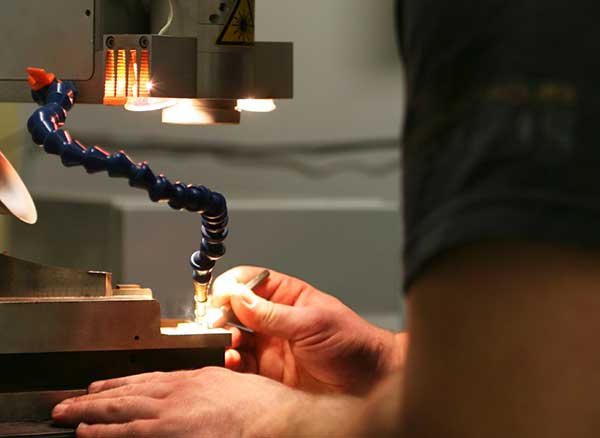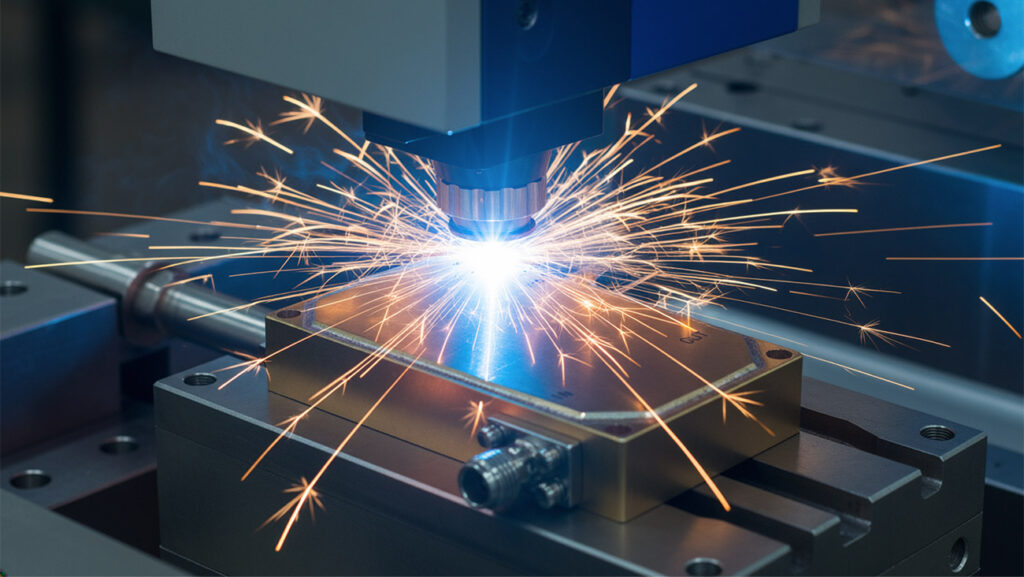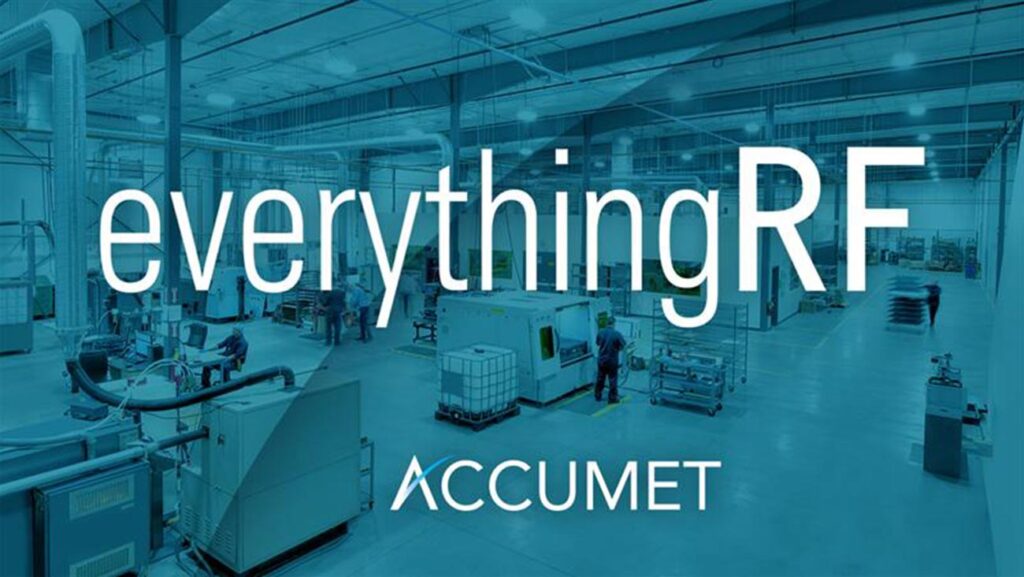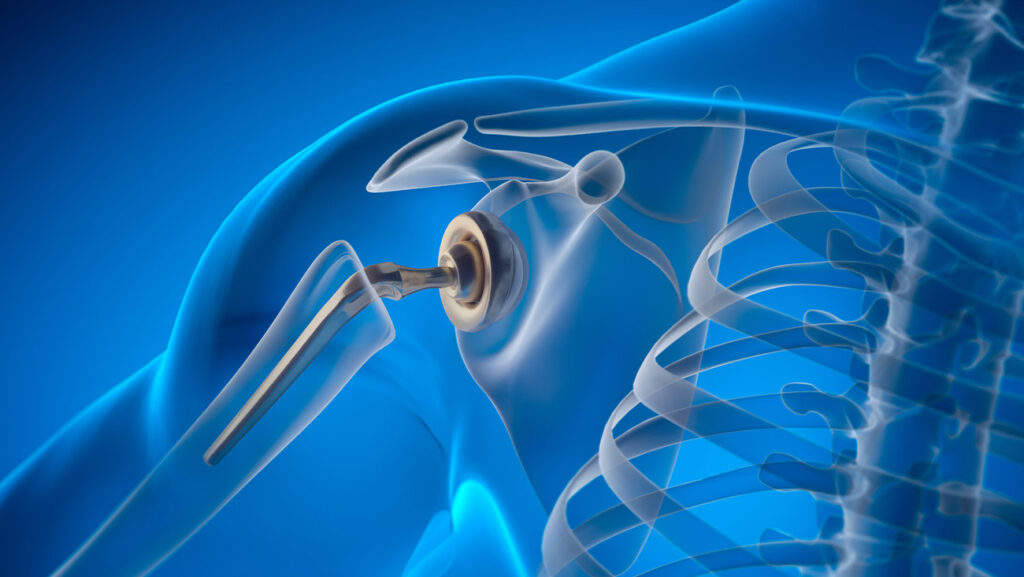Laser Welding vs. Arc (Tig) Welding of Medical Instruments
Posted on April 1, 2017 in Blogs

Laser welding is much cleaner than conventional arc or Tig welding, and therefore helps risk of contamination. It’s also more precise, easier to automate, and provides for bonding of much thinner metals, and provides for much greater tensile and bending strength.
If arc welding is typically part of your product manufacturing process you may wish to consider laser welding instead. Unlike arc welding, which requires a bonding material or filler to join two pieces of metal, laser welding creates a straight metal-to-metal bond with no filler needed. Unlike with arc or torch welding, there’s no slag (excess filler that has melted and re-hardened around the weld) to grind off afterwards — or left behind to potentially contaminate the application environment. This is especially important in applications like medical, dental, and scientific instruments where you don’t want pieces of material breaking off and causing harm to people or delicate equipment.
Easy to automate, high repeatability
Something else that is notable about laser welding for fast-paced medical manufacturability, is that several key factors that affect weld quality and speed are highly controllable and programmable. Those factors include the width of the weld spot, the depth of penetration of the weld into the metal, the intensity of the heating, and the path and speed of the beam along the metal surface. Such precise control means that welding can be easily automated and that there is less variability in the weld, higher quality and faster overall production.
Another advantage of laser welding is that you can weld very thin layers of metal (down to 5 millimeters) — that would be impossible to attempt with arc or torch welding without destroying the metal. On the other hand, lasers are not typically suited for metals thicker than a quarter inch, such as if you were trying to weld thick heavy objects like big pipes or structural beams.
Will your metals bond?
Like any production process, of course, laser welding does have its limitations. One is that it’s not suitable for welding thick heavy pieces. Another limitation is that not every metal can be laser welded to every other metal. Because laser welding requires the bonding of one metal to another, the metals obviously have to be “bondable” — and while the range of metals that can bond with each other is very wide, it doesn’t include every possible combination. (Interestingly, pieces made from same type of aluminum cannot be laser welded together, although pieces of different types of aluminum usually can.) Arc and torch welding don’t have this issue since the filler is what bonds the two pieces of metal together, not the metals themselves.
The best advice before deciding whether laser welding is right for your medical instrument job is to consult with a laser welding expert, like Accumet. We will be happy to consult with you on which welding approach is best and the advantages and drawbacks of each.



